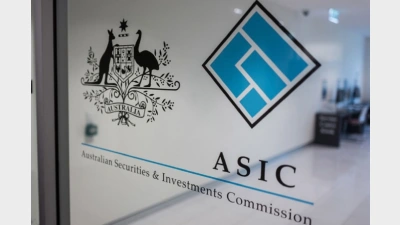Fragmented super market driving up costs: JP Morgan



The superannuation market is still significantly fragmented, making the industry inefficient, according to custodian J.P. Morgan.
Senior relationship manager of investor services for J.P. Morgan Australia and New Zealand Seamus Collins said super funds, especially small and medium-sized funds, fall far short of cost efficiency in the global context.
“That’s because we have a lot of funds, we have a long tail,” he said.
“We have a lot of small to medium funds and we don’t have as much scale as the Dutch, the Scandinavians, and the Canadians, who have a relatively small number of very large funds.”
Super funds are under cost pressure for their investment and member operations as insurance becomes more expensive.
Also, as new regulation is implemented, questions are being asked about whether funds have sufficient economies of scale and size in order to drive down operational costs.
“The rationale of the operation cost focus is that all of the funds need to provide certain services. They need to provide administration, they need to provide diversification of investments in terms of volatile markets and more stable investments,” Collins said.
Collins believes smaller funds are finding it harder to negotiate with intermediaries.
“The questions that have been asked by the regulator and by the Government in terms of a macro policy framework is: 'can you deliver members a strong service, a strong insurance outcome and effectively-costed investment diversity if you’re a small fund and if you don’t have a large asset base with which to amortise that across your services and your intermediaries?’,” Collins said.
With MySuper providing comparisons between funds and requiring them to show they are cost effective, funds are asking themselves a number of questions, Collins said.
“How do we develop economies of scale? Should we merge with other funds to grow? How do we deliver a risk-balanced member-service environment without the costs spiralling? Because the costs have been going up,” he said.
A J.P Morgan report from September last year on the cost benefits of scale in the pension landscape said major consolidation had occurred in the industry between 2005 and 2012, with the number of funds dropping by two thirds.
Just over 20 funds now control about two thirds of assets outside the self-managed superannuation segment, up from 15 per cent of assets.
Health-based fund HIP and Prime Super recently announced their intention to merge on 1 May to achieve bigger scale and better benefits for members. Tasplan and Quadrant have announced a heads of agreement this month to explore the merits of merging.
But legalsuper chief executive Andrew Proebstl recently rejected arguments small super funds would have to merge to stay competitive, arguing they are specialist industry funds that keep costs low when compared to large funds.
Recommended for you
Australia’s superannuation funds are becoming a defining force in shaping the nation’s capital markets, with the corporate watchdog warning that trustees now hold systemic importance on par with banks.
Payday super has passed Parliament, marking a major shift to combat unpaid entitlements and strengthen retirement outcomes for millions of workers.
The central bank has announced the official cash rate decision for its November monetary policy meeting.
Australia’s maturing superannuation system delivers higher balances, fewer duplicate accounts and growing female asset share, but gaps and adequacy challenges remain.









